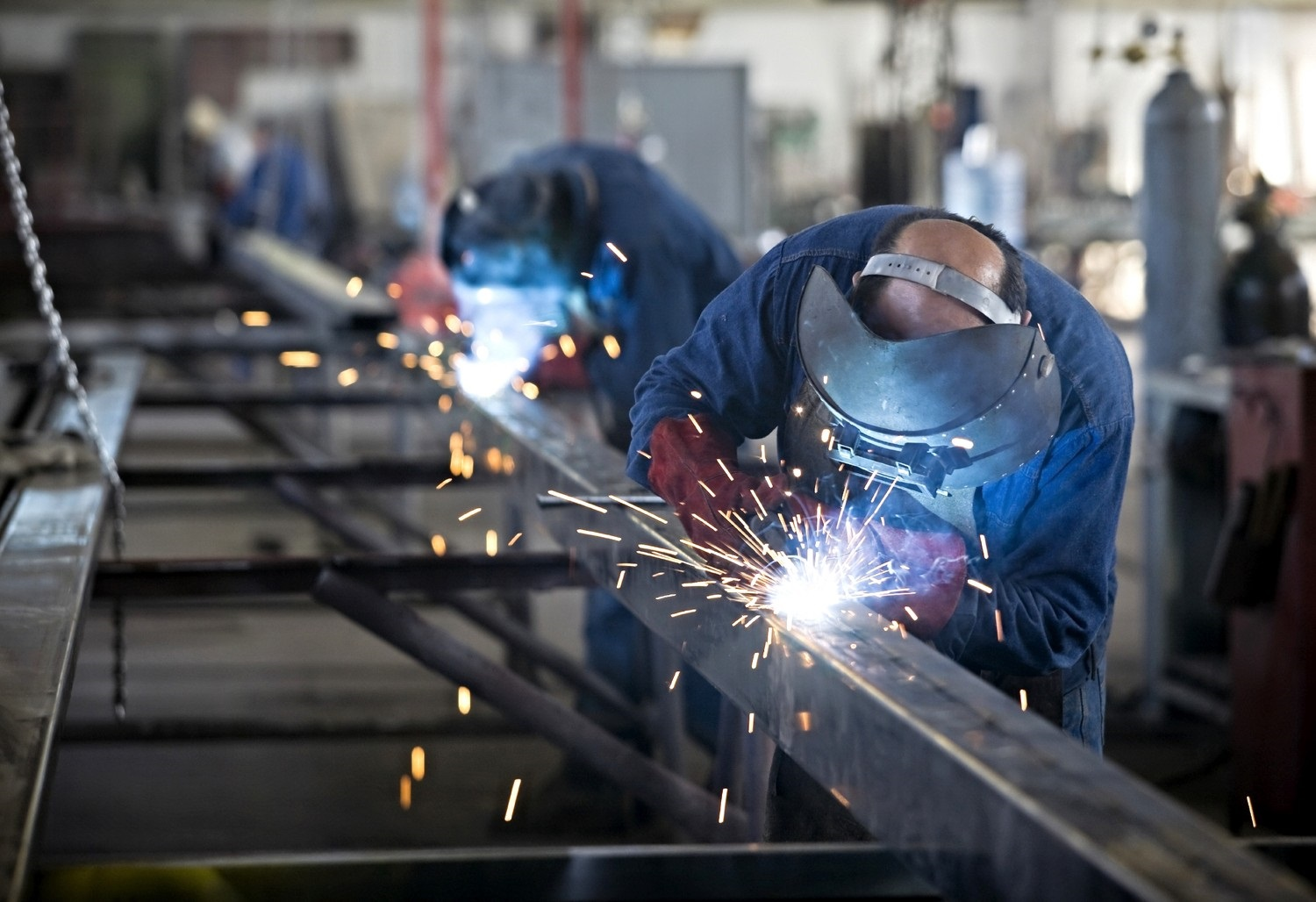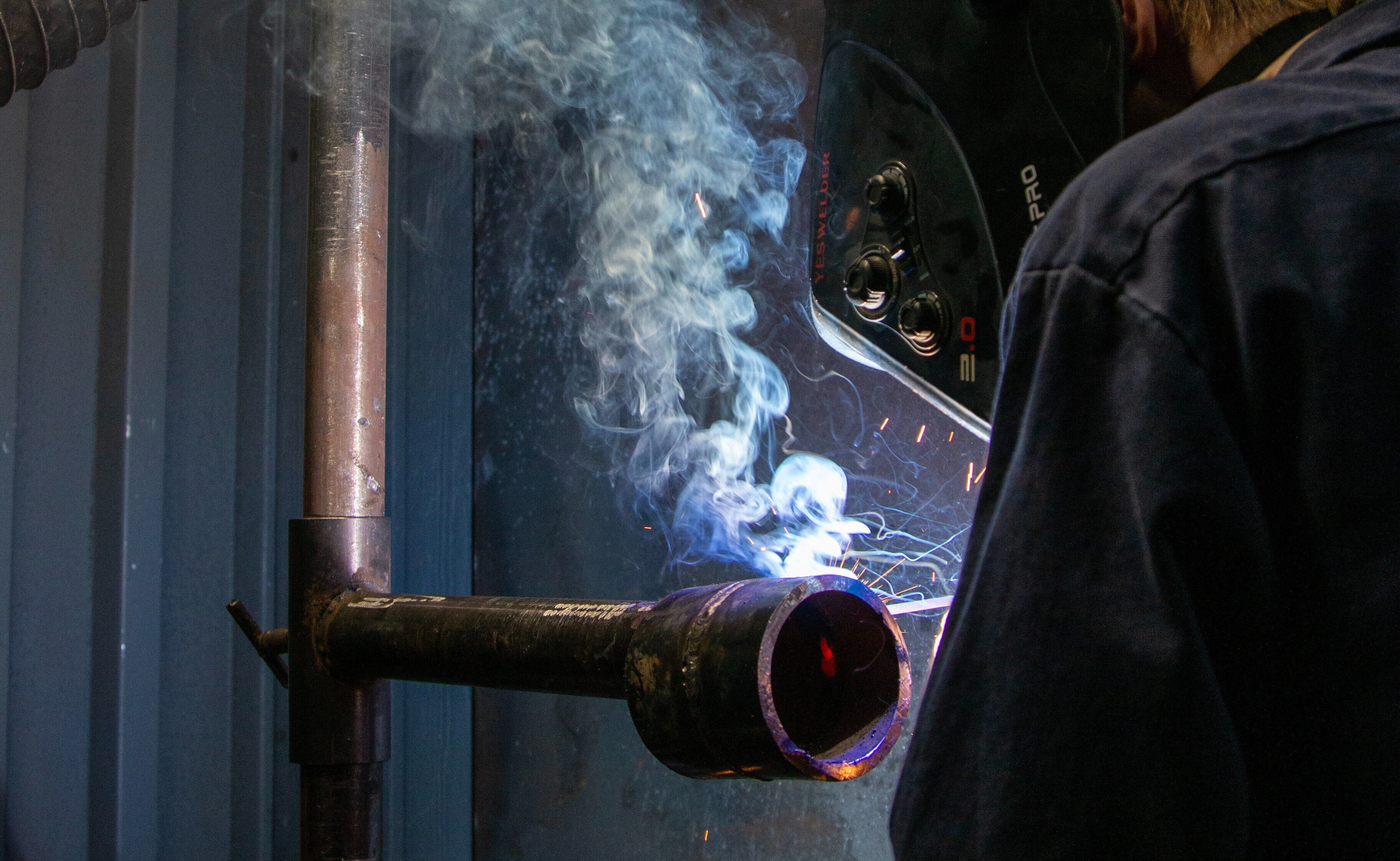Typical Welding Repair Issues and Exactly How to Address Them Effectively
Welding repair services often come across a variety of concerns that can endanger the honesty of the last item. Typical problems consist of poor infiltration, porosity, and imbalance, to name a few. Each problem presents distinct challenges that call for specific techniques for resolution. Recognizing these issues is crucial for welders aiming to boost their abilities and results. This discussion will certainly check out these typical welding fixing issues and reliable approaches to address them.
Inadequate Penetration
Insufficient infiltration happens when the weld steel stops working to completely fuse with the base material, causing weak joints and prospective architectural failings. This problem commonly stems from not enough warm input, inaccurate electrode angle, or inappropriate welding rate. Welders may come across insufficient penetration because of a miscalculation of the necessary criteria for a specific product thickness or type. Additionally, contamination on the base product's surface can prevent effective bonding, exacerbating the problem. To resolve insufficient infiltration, welders ought to guarantee ideal settings on their tools and maintain a clean work surface area. Normal examination of welds is suggested to determine any kind of deficiencies early, permitting prompt adjustments and the prevention of compromised structural integrity in bonded settings up.
Porosity
Porosity is an usual defect in bonded joints that shows up as tiny gas bubbles caught within the weld metal. This defect can compromise the integrity of the weld, bring about lowered toughness and prospective failure under anxiety. Belgrade Fabrication. Porosity commonly develops from contamination, moisture, or incorrect welding strategies, which permit gases to get away into the liquified weld pool. To resolve porosity, welders must assure proper surface area prep work, preserve a clean functioning setting, and make use of appropriate welding parameters. Furthermore, picking the ideal filler material and securing gas can mitigate gas entrapment. Regular examination and screening of welds can help determine porosity early, assuring prompt rehabilitative actions are taken, consequently preserving the quality and integrity of the welded framework
Imbalance
Imbalance in welding can occur from numerous factors, consisting of incorrect arrangement and thermal development. Understanding the origin is crucial for effective resolution. A number of modification methods are offered to realign parts and ensure architectural integrity.
Reasons for Misalignment
Welding imbalance usually originates from a selection of underlying issues that can endanger structural stability. One main reason is inappropriate fit-up of parts prior to welding, which can lead to gaps and irregular surface areas. Variations in thermal development during the welding process can also lead to distortion, especially if the materials being signed up with have various coefficients of development. Furthermore, poor clamping and fixturing may fail to hold elements safely in area, bring about motion throughout welding. Inadequately kept devices, consisting of welding machines and tools, might present incongruities in the weld grain, more adding to misalignment. Ultimately, operator error, coming from insufficient training or experience, can additionally play a considerable duty in producing misaligned welds.
Adjustment Strategies Available
Resolving misalignment successfully requires a mix of corrective techniques tailored to the certain issues handy. One common technique is using fixtures or jigs to hold elements in the correct setting throughout welding, ensuring consistent placement. In addition, pre-heating the products can aid minimize distortion and improve fit-up. For considerable imbalance, mechanical realignment techniques, such as making use of hydraulic jacks or clamps, can be used to remedy the position before welding. Post-weld warm treatment might also be essential to alleviate anxieties brought on by misalignment. Mindful assessment and change throughout the setup stage can avoid misalignment problems from ending up being significant troubles, advertising a smoother welding procedure and boosting overall structural stability.
Distortion
Distortion is an usual difficulty in welding that can develop from various elements, consisting of unequal heating & cooling. Understanding the causes of distortion is necessary for carrying out reliable avoidance techniques. Addressing this issue not just boosts structural stability however likewise improves the overall high quality of the weld.
Causes of Distortion
When based on the intense warmth of welding, materials often undergo modifications that can result in distortion. This sensation mainly emerges from thermal growth and contraction during the welding procedure. As the weld area warms up, the material increases; upon air conditioning, it contracts, which can develop interior tensions. Furthermore, uneven heating throughout a workpiece can aggravate these stresses, causing warping or flexing. The kind of product likewise plays a considerable role; steels with varying thermal conductivity and coefficients of expansion may react in a different way, leading to uncertain distortions. Inadequate joint layout and insufficient fixturing can add to imbalance during welding, raising the probability of distortion. Understanding these reasons is necessary for efficient welding repair and prevention approaches.
Prevention Techniques
Effective avoidance techniques for distortion during welding concentrate on managing warm input and guaranteeing proper joint design. Preserving a consistent warmth input helps to lessen thermal expansion and contraction, which can lead to distortion. Using techniques such as preheating the work surface can likewise reduce the temperature slope, advertising uniform heating. In addition, choosing suitable joint layouts, such as T-joints or lap joints, can boost stability and minimize tension concentrations. Executing proper fixturing to safeguard the work surfaces in position even more help in maintaining placement during the welding procedure. Finally, staggered welding sequences can disperse warmth extra uniformly, avoiding localized distortion. By using these techniques, welders can substantially reduce the chance of distortion and boost the overall high quality of their welds.
Breaking
Fracturing is a common concern experienced in welding repair work, often resulting from various variables such as inappropriate air conditioning prices, product choice, or poor joint prep work. The occurrence of fractures can greatly endanger the honesty of the weld, resulting in possible failings during check it out procedure. To address this concern, welders need to first examine the origin, making certain that materials work and appropriately chosen for the specific application. Furthermore, regulating the cooling rate throughout the welding procedure is essential; fast cooling can generate anxiety and cause fracturing. Correct joint layout and preparation additionally add to minimizing the danger. Carrying out these methods can enhance weld quality and longevity, eventually lowering the chance of cracking in finished weldments.

Incomplete Fusion
A significant problem in welding repair work is insufficient combination, which happens when the weld metal does not appropriately bond with the base product or previous weld passes - Belgrade. This flaw can cause weaknesses in the joint, possibly jeopardizing the honesty of the welded framework. Variables adding to incomplete blend consist of inadequate warmth input, inappropriate welding technique, and contamination of the surface areas being joined. To address this concern effectively, welders need to guarantee appropriate pre-weld cleansing and surface area preparation, along with adjust their welding specifications to accomplish sufficient infiltration and combination. Regular examination throughout the welding process can additionally help identify incomplete blend early, enabling prompt corrective actions to improve the overall high quality of the weld
Overheating
While welding repairs can enhance structural honesty, overheating provides a significant difficulty that can result in product deterioration. Too much heat during welding can modify the mechanical buildings of metals, resulting in reduced stamina, boosted brittleness, and warping. This phenomenon is specifically crucial in high-stress applications where architectural reliability is vital. Identifying getting too hot can involve visual examinations for discoloration or distortion, as well as checking temperature level during the welding procedure. To minimize the dangers connected with getting too hot, welders ought to use proper strategies, such as controlling heat input, adjusting traveling rate, discover this info here and utilizing appropriate filler products. Additionally, carrying out pre- and post-weld warm treatments can assist bring back material residential or commercial properties and boost the total high quality of the repair work, guaranteeing lasting efficiency and security.
Often Asked Inquiries
What Are the Common Indications of a Welding Problem?

Exactly How Can I Test My Welds for High quality?
To evaluate welds for top quality, one can make use of aesthetic evaluations, ultrasonic screening, and radiographic approaches. Each technique ensures structural integrity, identifies issues, and verifies adherence to specified criteria, eventually enhancing the reliability of the bonded joints.
What Security Preventative Measures Should I Take While Welding?
When welding, one must focus on safety by using ideal personal protective equipment, guaranteeing proper ventilation, safeguarding flammable materials away, preserving a clean workspace, and recognizing environments to auto darkening welding lens prevent injuries and mishaps.
Can I Repair a Weld Without Remodeling the Entire Joint?
Repairing a weld without renovating the entire joint is feasible, relying on the damage (Montana Mobile Welding and Repair Welding). Strategies such as grinding, including filler material, or utilizing a welding procedure can efficiently resolve details problems while maintaining the surrounding structure
What Devices Are Vital for Reliable Welding Services?
Essential devices for effective welding fixings include a welding maker, wire brush, mill, safety gear, clamps, and filler products. Each device plays an essential duty in making sure top quality and safety throughout the repair service process. Porosity typically arises from contamination, dampness, or inappropriate welding strategies, which enable gases to escape into the molten weld swimming pool. Improperly maintained tools, consisting of welding makers and devices, might present incongruities in the weld grain, further contributing to imbalance. When subjected to the extreme warm of welding, materials typically go through changes that can lead to distortion. Splitting is a typical concern run into in welding fixings, often resulting from various elements such as incorrect air conditioning rates, product option, or inadequate joint prep work. A substantial problem in welding repairs is incomplete fusion, which takes place when the weld steel does not properly bond with the base material or previous weld passes.